While cleaning out the litter box, it is natural to freak out when you notice a bright red streak of blood in your cat’s feces, especially when she is acting normal. But don’t think that her normal behavior indicates that her health is also in average condition. The situation of seeing the blood in the cat’s stool is massive evidence of your little pet’s health.
There are many situations where blood is present in the cat’s stool can be quickly resolved as soon as it is determined because not all cases are life-risking. However, your cat still needs to be checked by a vet, and the veterinarian will thoroughly examine the seriousness of the issue and treat your cat according to her condition.
Types of Blood in Cat’s Stool
● Bright Red Blood
Blood in the cat’s stool is typically in two different forms. Bright red blood or terrace quantities generally indicate the inflammation or underlying irritation in the lower intestinal tract of a cat. This type of blood in the feces is denoted as hematochezia.
● Dark Brown Blood
Dark brown, tarry, thickened, or tarry blood in a cat’s stool indicates irritation or other blood sources in the stomach or intestinal tract. The black color blood occurs during the breaking down of the blood by the stomach acids.
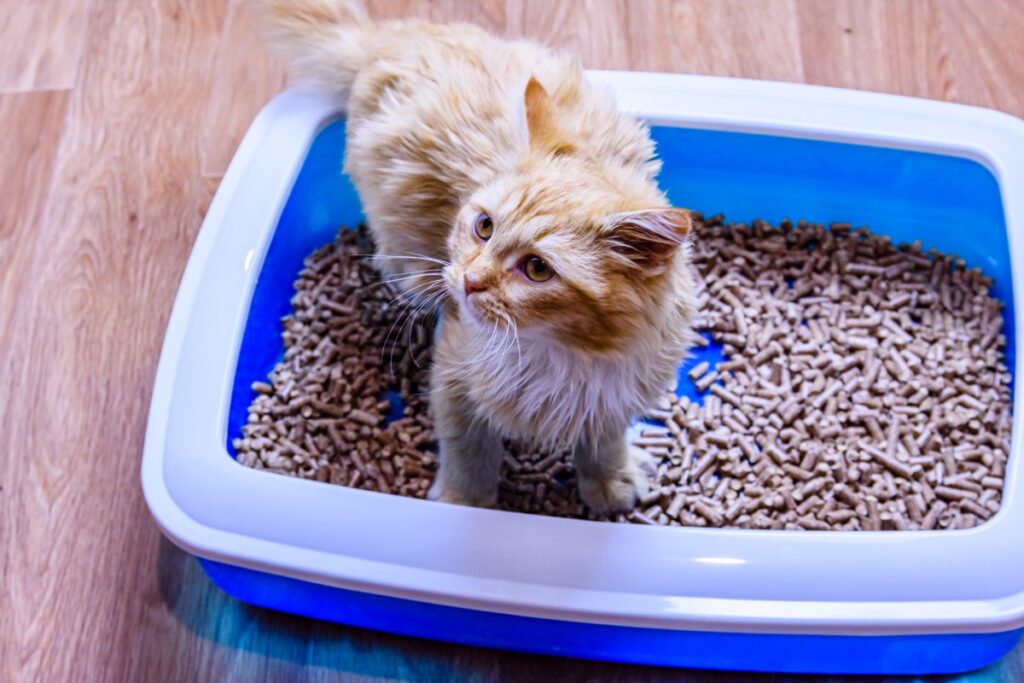
Causes of Blood in a Cat’s Poo
There are many reasons behind the blood in cats’ poo. The most common are as follows:
● Worm and Other Parasites
One of the possible reasons behind the blood in your feline friend’s poo is worms and parasites. Even if your cat seems healthy, she still can have worms. Therefore, it is essential to regularly check them, even if she is not showing any sign. Worms can make your cat’s health unwell. She might seem healthy from the outside, but de worms affect her from instadeath. It is essential to make worming a regular part of your daily routine.
● Stress
Blood in a cat’s poo can also cause stress. For example, if you are moving to a new house, boarding your cat while going for a holiday, or leaving your cat around fireworks night, these situations can cause your cat stress. If you see your cat is pooping blood, it is better to seek advice from your veterinarian because stress makes the cat unable to ask for help. Moreover, there are some chances that these symptoms are due to her underlying condition. For this, consider the vet as it is the only best option to diagnose and treat.
● Diarrhea
Diarrhea can also cause bleeding irritating the lower gastrointestinal tract’s lining. If your cat is suffering from diarrhea or soft stools, then there is a chance that she is more likely to show blood in her feces after a couple of days.
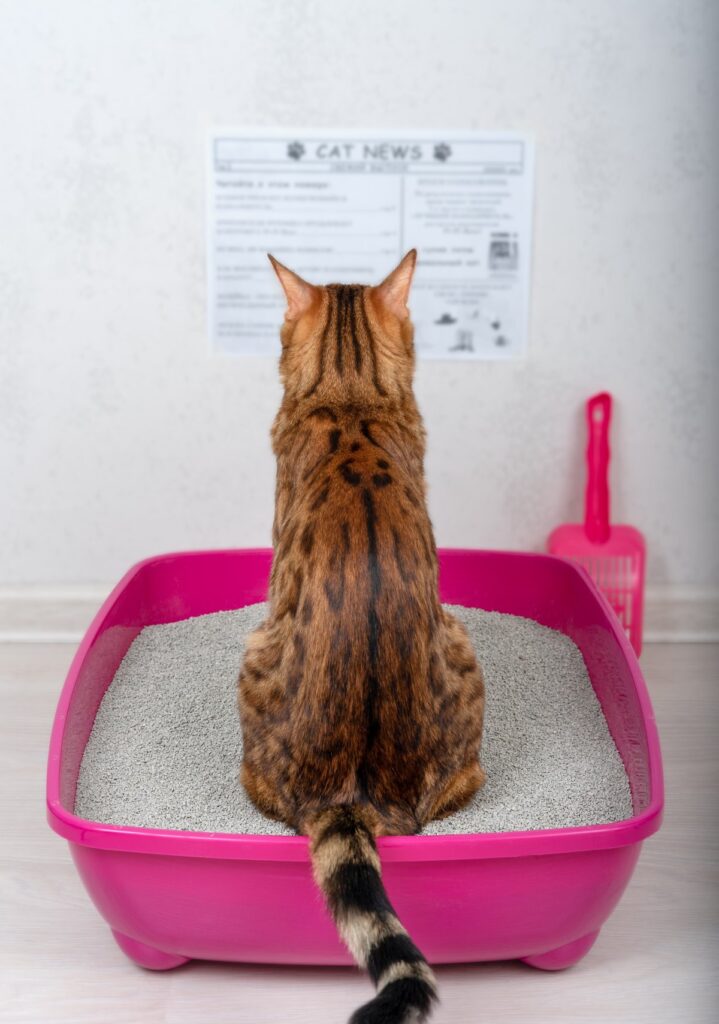
● Constipation
Constipation is the primary reason behind blood in the cat’s stool, making the cat excrete. Constipations also rupture blood vessels in the lower GI tract. The poo is often small and hard and always has blood outside during this condition.
● Infections
Many infectious diseases and bacterial infections such as Feline Panleukopenia and Salmonella also cause blood in the cat’s stool.
● Anal gland problems
If your cat is fit and healthy, but you see fresh blood around her anus or poo, then there is a chance she might have an issue with her anal glands.
● Change of Diet
If you suddenly change your cat’s diet, it will upset her stomach, resulting in blood in her stool. Therefore, it is essential to ask your vet before moving on to her new diet. Moreover, there are also chances that your cat might have eaten food that wasn’t suitable for her. If you feel that your blood condition is caused by eating unusual things, let your vet know to help diagnose and treat the problem.
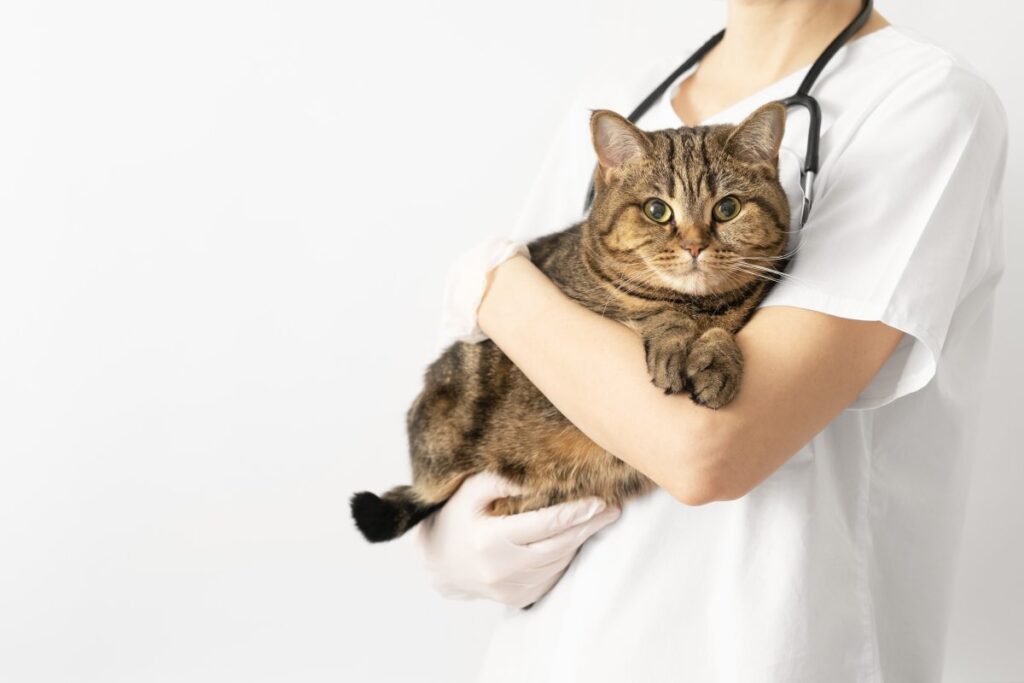
Diagnosis
If your cat’s blood shows light or bright red color, then wait at least more than a day to check if it passes on its own because there might be a chance that it is caused by stress or she has eaten something wrong. If your cat starts losing her weight or is getting unwell even after the passage of two days, then seek the vet as soon as possible. Furthermore, if the blood is dark red despite bright red, you will require immediate vet attention to your cat.
If possible, take the sample of blooded stool to the veterinarian. The vet will check up on the sample and test the urine and pop. Your vet will quickly identify the sign of harmful bacteria or parasites behind the situation.
Sometimes, in severe conditions of cats, a veterinarian performs an endoscopy, which means a tiny camera is passed through the little cat’s mouth or anus while under the anesthetic process. This allows the inspection of the intestine lining thoroughly. For such cases, X-rays are also used to examine the gastrointestinal tract.
Treatment
Treatment of blood in a cat’s poo depends on the condition causing the signs. If a change of food or eating something terrible by the cat is the reason, your vet may recommend a prescription diet to eliminate the irritation. Remember to gradually change the food habit of your cat to eradicate additional digestive problems. If stress is the reason behind the blood of your cat’s stool, then discuss with your vet the way to eliminate the stress of your feline friend, including the recommended medication for nervousness or anxiety.
If you are worried about your cat and she shows additional symptoms, including excessive blood in her stool, take her to the vet immediately. Your vet can do a thorough examination to help your cat return to normal condition as soon as possible.

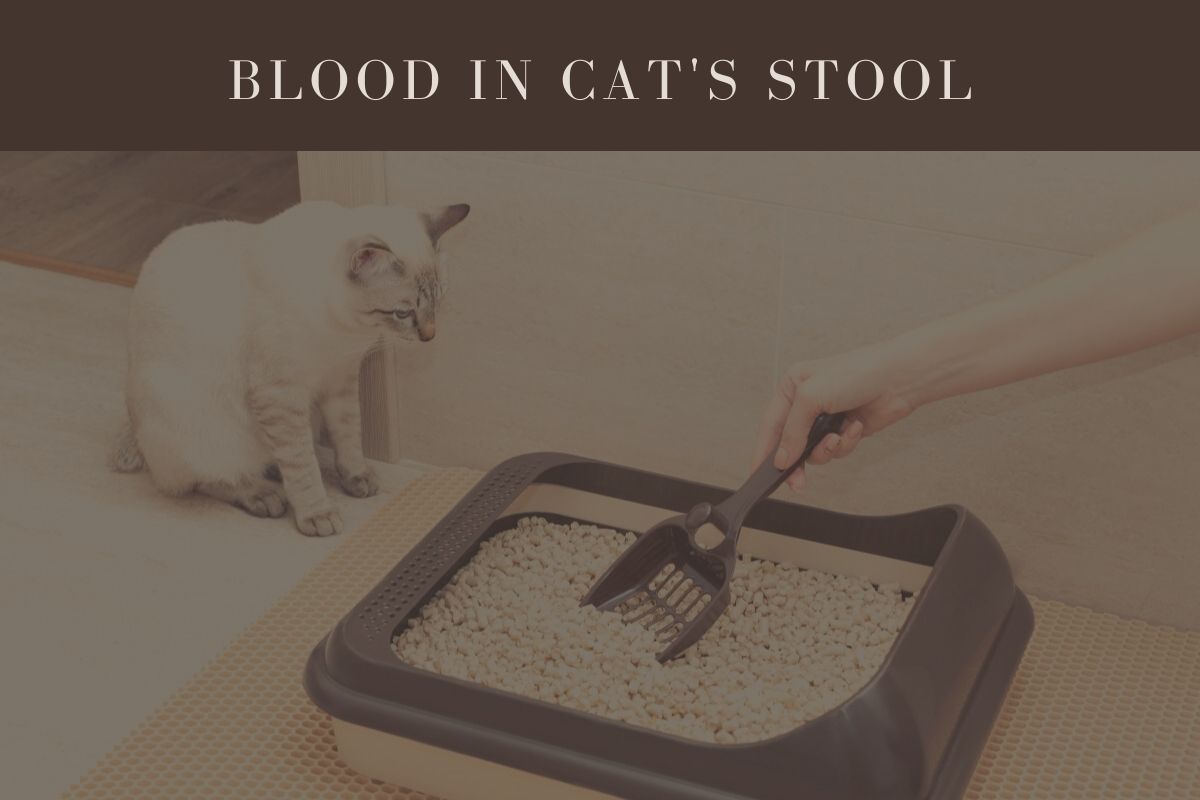
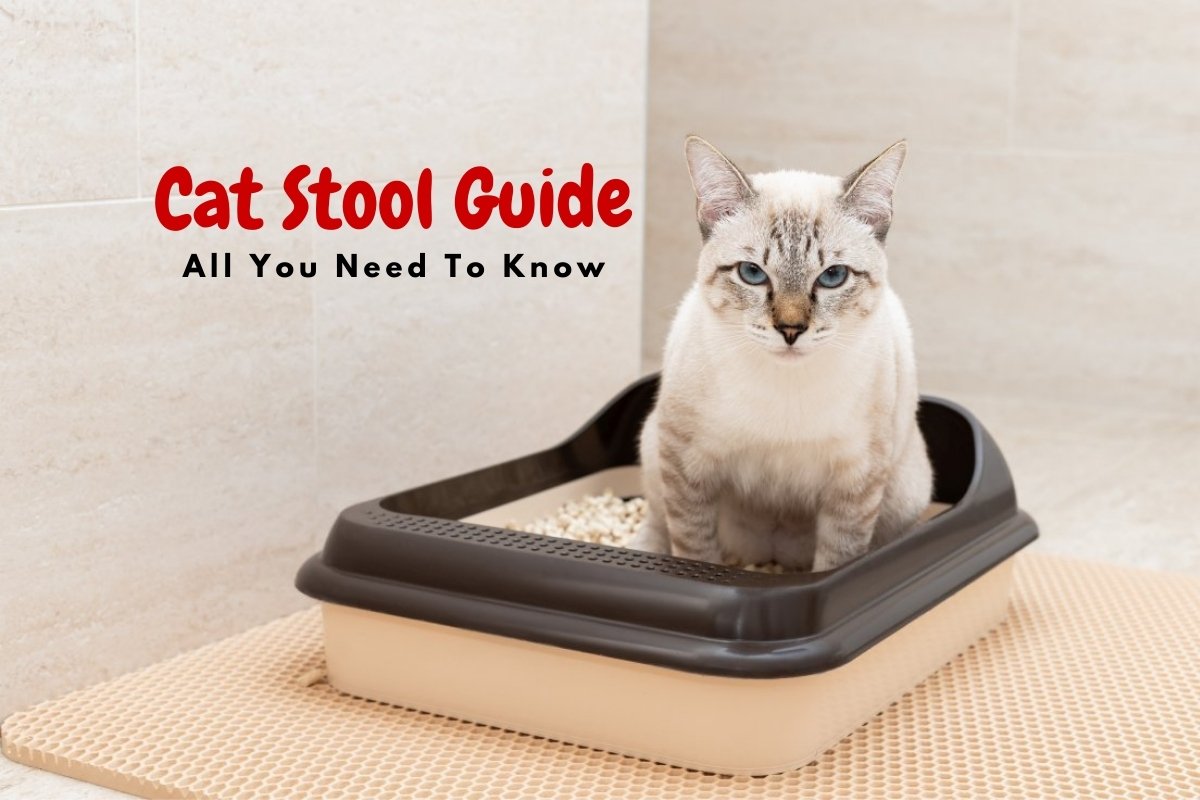
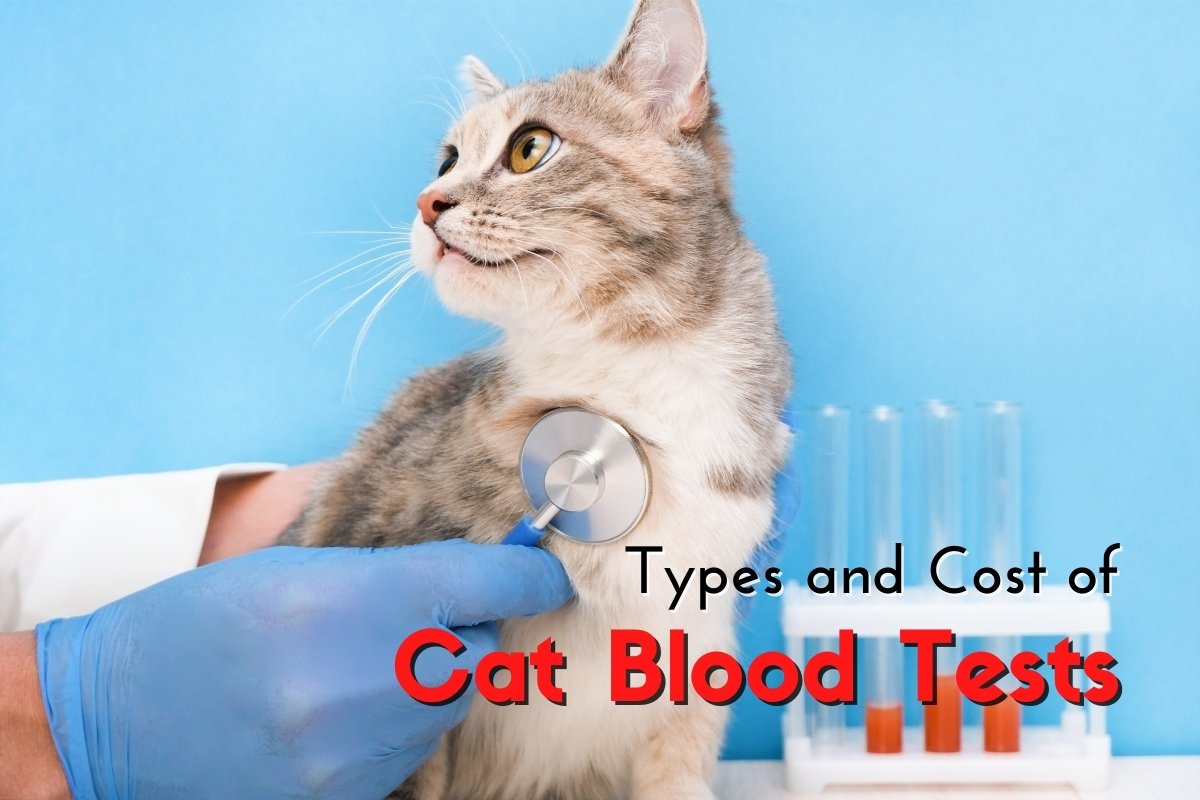

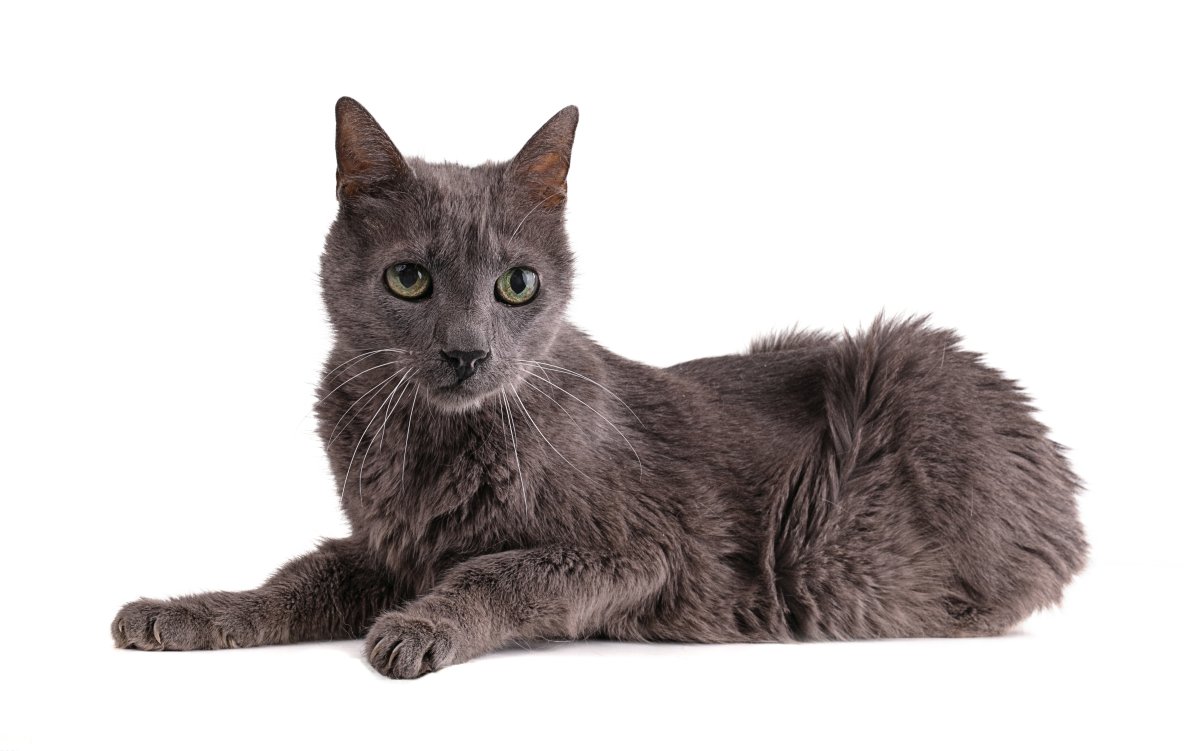

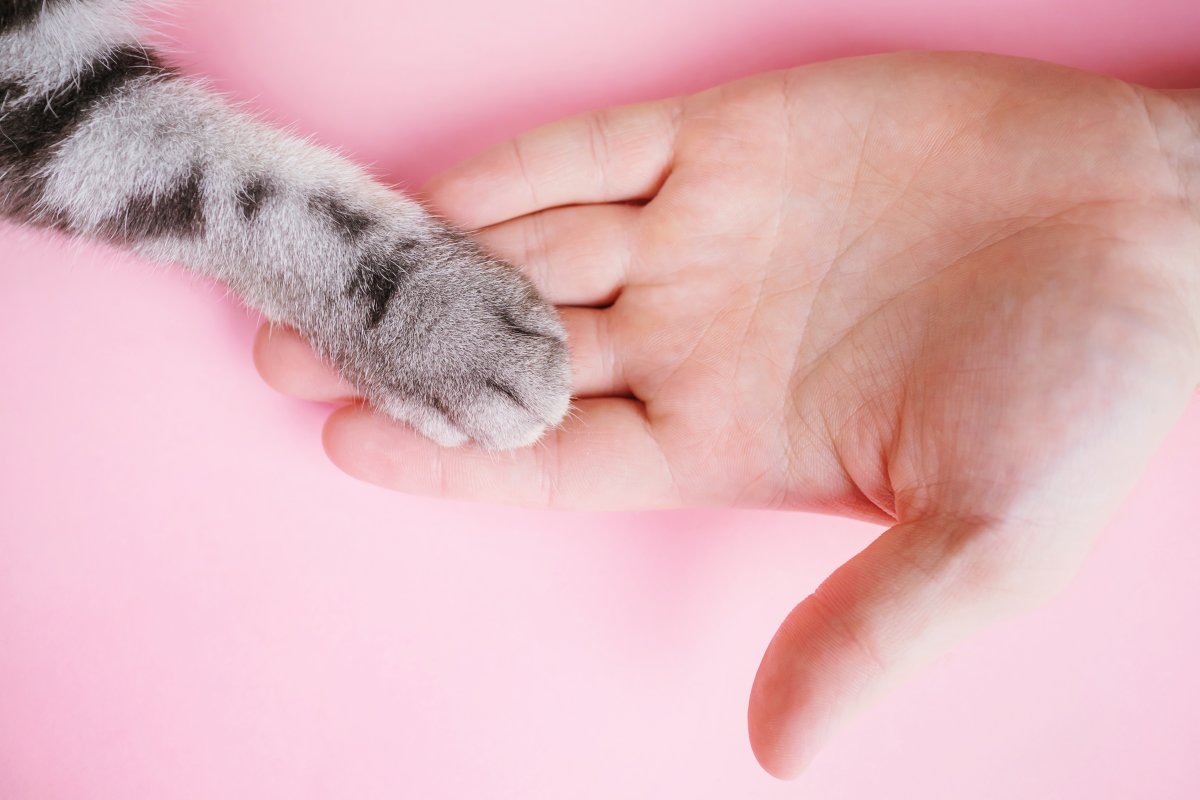
2 comments